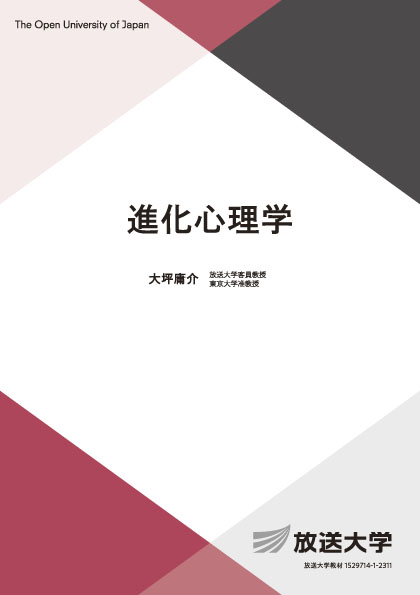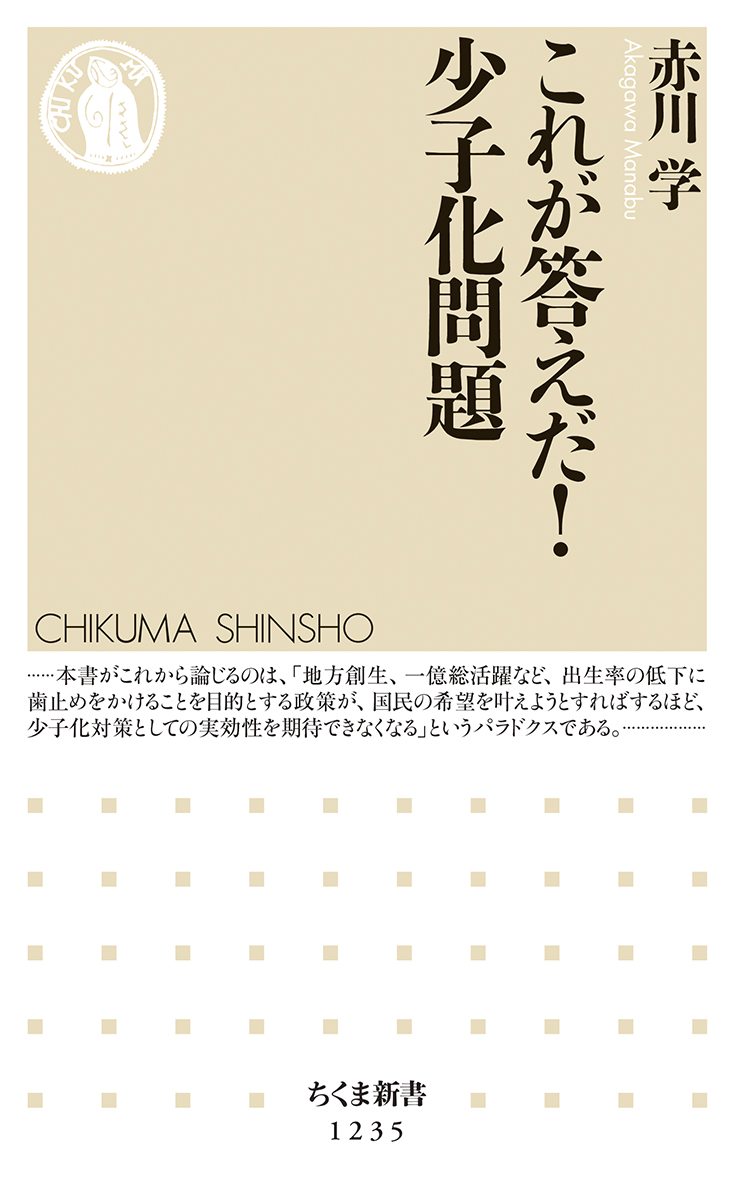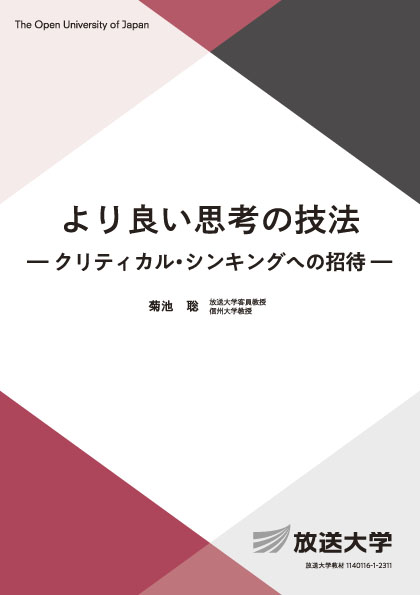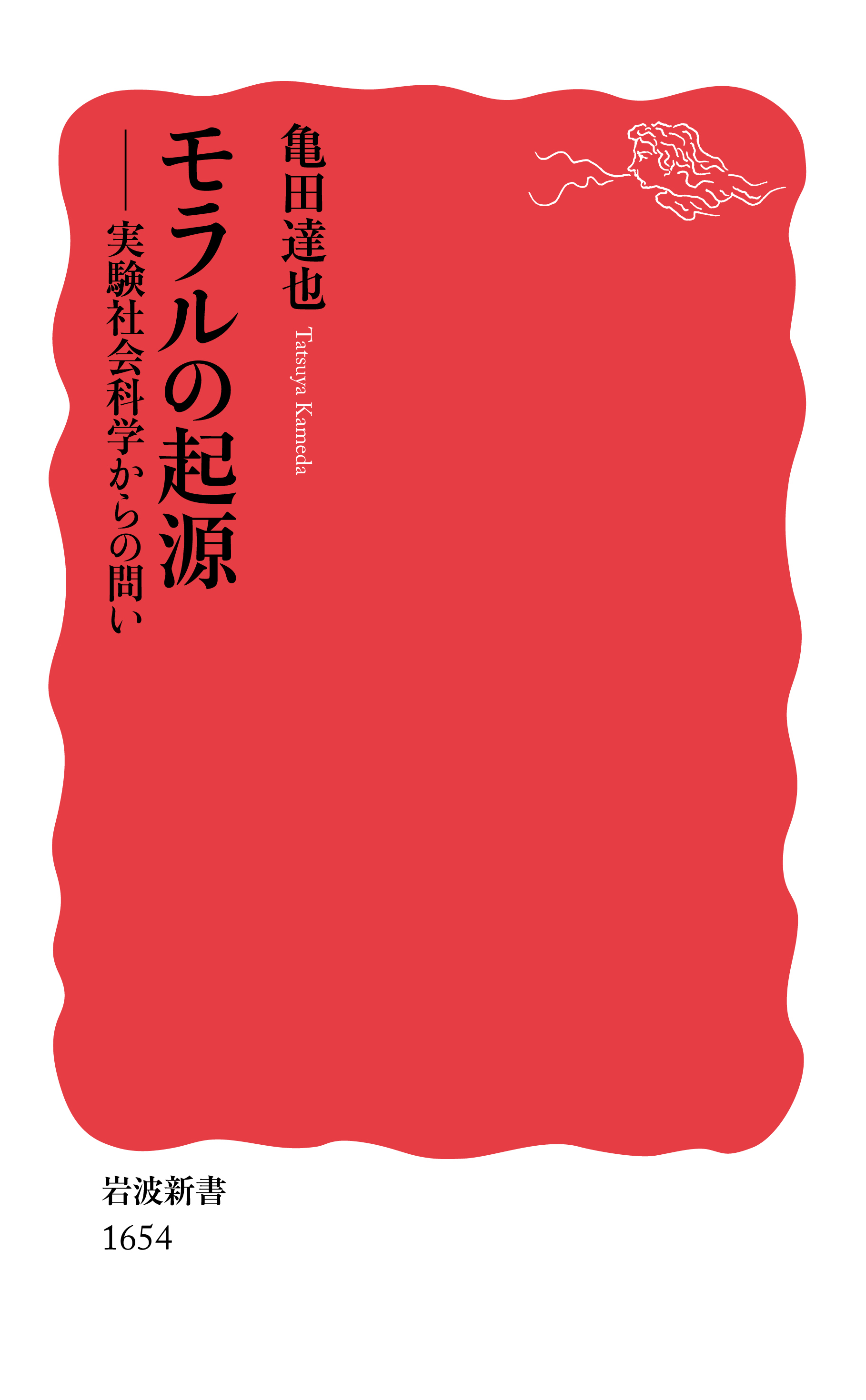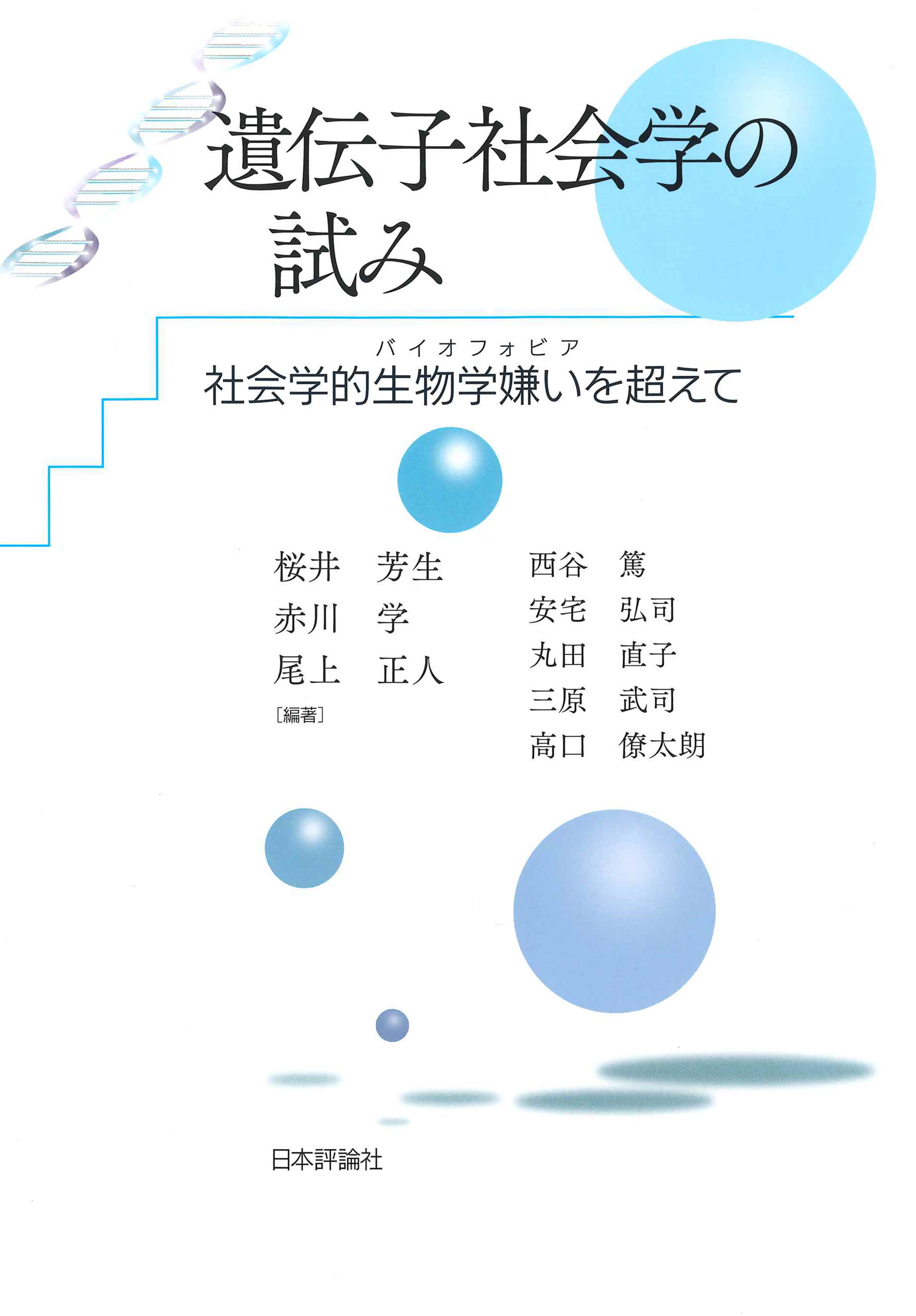
Title
Idenshi shakaigaku no kokoromi (Attempts at Sociogenomics - Overcoming Sociological Biophobia)
Size
264 pages, A5 format
Language
Japanese
Released
March, 2021
ISBN
978-4-535-58756-4
Published by
NIPPON HYORON SHA Co., LTD.
Book Info
See Book Availability at Library
Japanese Page
This book, Attempts at Sociogenomics, presents a research report by the Grant-in-Aid for Scientific Research (Challenging Research [Pioneering] 17H06193), which was conducted over three years, in association with Yoshio Sakurai (Kagoshima University), who served as the principal investigator. The 14 academic papers included in this book recognize the possibility of biological and genetic factors that play a role in various events. Such a viewpoint goes against biophobia (i.e., a refusal to accept biological factors), which has a latent influence on the social sciences, especially sociology. Based on this acknowledgement, I attempted to conduct a study with an equal emphasis on such factors as that given to social factors.
In Chapter 6, “The Evolutionary Basis of Takata’s Declining Birthrate Theory,” of which I was in charge, I re-introduce the declining birthrate theory presented by Yasuma Takata, a pre-World War II sociologist. I previously detailed it in my book titled This is the Answer to the Declining Birthrate Problem! (Chikuma Shobō), published in 2017. Specifically, I re-introduce this theory as a powerful model that explains today’s declining birthrate. The chapter also discusses this theory’s evolutionary significance.
It should be noted that Takata’s theory of a declining birthrate separates the two factors of: 1) individuals’ levels of wealth (i.e., levels of living)—which Takata refers to as “welfare;” and 2) individuals’ expectations toward wealth (i.e., expected living standards)—which Takata refers to as “standards of living.” Thereafter, Takata presumes the following three mechanisms:
a) In the upper echelons of society (i.e., the upper class), the levels of wealth are always higher than the standards of living; therefore, there are no childbirth restrictions. This implies that rich individuals can, at least theoretically, have many children.
b) In the poorer classes of society (i.e., the lower class), no childbirth restrictions are placed, as the standards of living are low to begin with. This implies that poor individuals can similarly have many children.
c) In the middle classes of society (i.e., the middle class), since the standards of living increase at a higher rate than welfare does, childbirth restrictions are imposed. As such, the number of children decreases within this particular class.
In addition to these points, there is a tendency among individuals to reduce their number of children in order to better their own situations as well as improve the social status of the children that they do have. Then, the theory argues that in society’s middle class, since the expected living standards inevitably and irreversibly rise above the actual levels of living, it is most common to find a declining birth rate in this demographic.
Takata’s theory of a declining birth rate emphasizes class and hierarchical factors that cause a declining birth rate and, as such, can be referred to as a sociological theory. However, this does not mean that it ignores biological factors. In particular, it is important that this theory focuses on the universality of the phenomenon of “rich individuals having many children.”
According to social psychologist Tatsuya Kameda, who is also my colleague, evolutionary psychology assumes a three-tiered time scale of: 1) evolutionary time, 2) historical/cultural time, and 3) biological time (The Origin of Morality: A quest from experimental social sciences by Tatsuya Kameda in 2017). Evolutionary time relates to the time axis that corresponds to the adaptation that takes place over a fairly long period (i.e., the time it takes for an organism to evolve). There is evidence that “most adaptations in evolutionary time are written into our DNA in the form of genetic programs.” By comparison, historical/cultural time relates to the time it takes to adapt, but which is “not written into our genes, it is learned and imitated among individuals through cultural mediums and pathways (e.g., tradition, education, propaganda, etc.), and has become established in the society of ‘people’” (Kameda ibid, p. 7).
If we were to follow this distinction, “rich individuals having many children” can be seen as adaptations in “evolutionary time,” which are written at the human genetic level as an organism, while “the poor having many children” can be seen as adaptations that occur within “historical and cultural time” and were, thus, learned after the Industrial Revolution through cultural media and pathways. Therefore, today’s declining birthrate can be understood by basing “rich individuals having many children” within evolutionary time and regarding “the poor having many children” as dictated by the historical and cultural time after the Industrial Revolution, which has resulted in the declining birthrate among today’s middle class.
In addition to these considerations, this book attempts to identify the effects of biological and genetic factors, which cannot be explained by social factors alone. Sakurai et al.’s discovery of “Twitter gene” and the differences in the frequency of “feeling of difficulty in living” and “smartphone games,” due to serotonin transporter gene polymorphism, will continue to provide challenging discussions for future social sciences.
(Written by AKAGAWA Manabu, Professor, Graduate School of Humanities and Sociology / 2021)



 Find a book
Find a book


 eBook
eBook